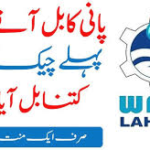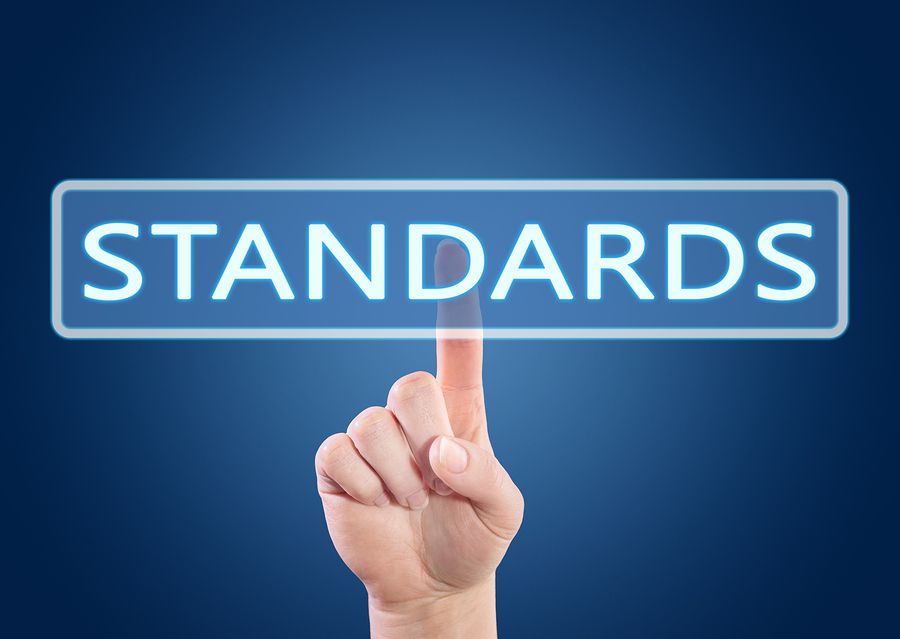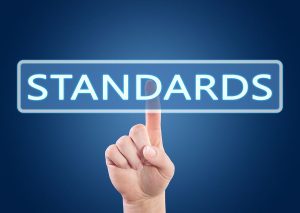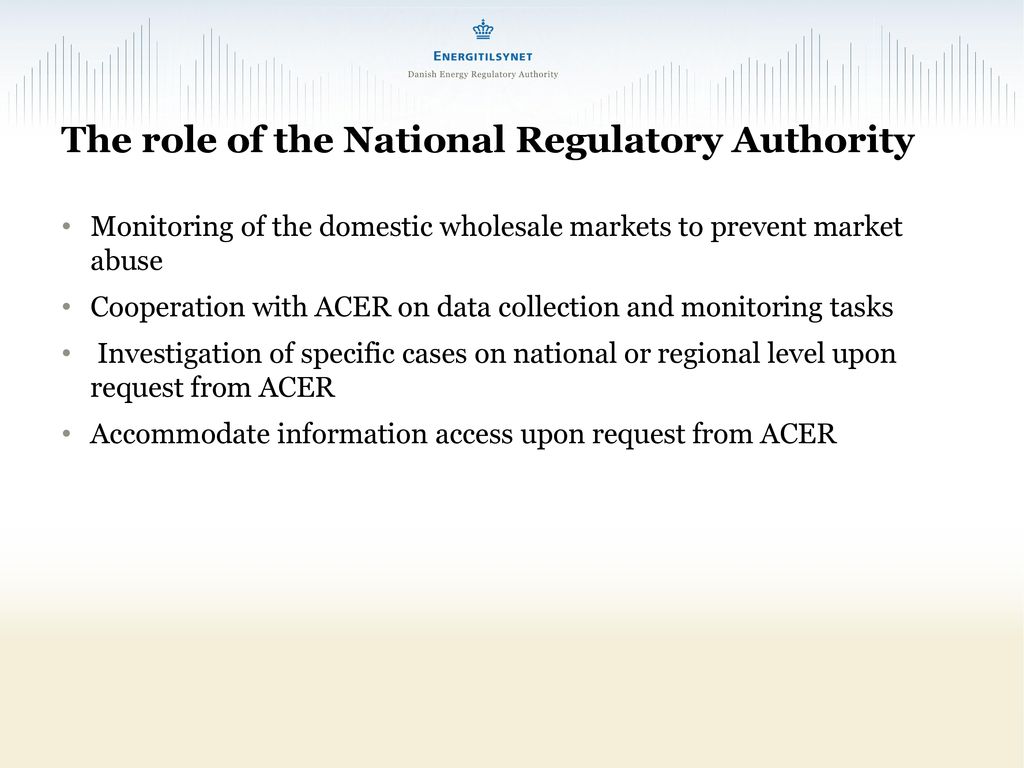Standard
- International Coordination, Regulation & Standard
-
Public Telecommunication Network
Public Telecommunication Network of any country is interconnected with the Global Telecommunication system additionally. For satisfaction operation of Telecommunication Services the equipment used should be compatible and conform to agreed International Specifications additionally.
The operational practices should also be in accordance with agreed procedures.
Agreement of traffic
-
Satellite Communication System
A satellite communication system is a network of satellites, ground stations, and user terminals that enables the transmission of data, voice, and video signals over long distances. These systems play a crucial role in various applications such as telecommunications, broadcasting, navigation, and remote sensing.
Satellites
Satellites act as relay stations in space, receiving signals from ground stations additionally retransmitting them to other locations on Earth or to other satellites. They provide global coverage and are used for services like internet connectivity in remote areas, television broadcasting, weather monitoring, and military communications. Satellite communication system is an advanced form of radio communication. The positioning of various satellite in the orbit requires International approval being a scarce universal resource.
Interested Parties. The concerned parties and their most important interests, inducing them to be involved in standardization work are given below:
- Standards
- (a)Network Operators support Standardization:
- (b) Equipment manufacturer participate in standardization:
- To prevent standardization if it open their own makes.
- (c) Services users participate in Standardization:
- (d) Other interested parties include:
-
Standards Development Process Standardization
Benefits of Suppliers
Facilitate the portability of equipment within different applications and the regions, such that market size is increased, resulting in reduced cost due to economic scale. This benefits the suppliers.
Explanation
When the state owner monopolies operated within national boundaries, Government development standards to maintain the status quo are exclude compilation.
With the opening up of these markets to other Telephone Operators, in the local, long distance and International areas, standards are now being developed to ensure compatibility between Operators and equipment suppliers. The invention of the electric telegraph, and it’s use in civil and military applications, resulted in the first known treaty regulating telecommunication across national frontiers.
-
Global standards Path
The path towords Global standards has been difficult one. They set standards and had the monopoly on local manufacturer. There was little interest in standardization and even when standard bodies were set up they produced standards which were recommendations, containing many country specific exception.
-
Nationally and Internationally Standards
Producing standards is an expensive business. The standards making Process is one cooperation at many levels, both Nationally and Internationally. This includes cooperation between industrial concerns within a country additionally, between these concerns and their national Governments and between these concerns and their national Governments and between nationals additionally at the International level. User groups and trade organizations usually also have members from several countries. This interaction is show figure.
-
Telecoms International Organizations
-
Telecommunication Union (ITU):
The ITU is a specialized agency of the United Nations responsible for issues related to additionally information and communication technologies (ICTs). It sets global standards for telecommunications, allocates radio spectrum additionally, promotes digital inclusion, and coordinates international telecommunications regulations additionally.
-
GSM Association (G S M A):
The (G S M A) represents the interests of mobile network operators worldwide additionally. It works to promote the expansion of mobile communications, develop industry standards additionally, advocate for policies conducive to mobile connectivity, and address common challenges faced by the mobile industry additionally.
- Internet Corporation for Assigned Names and Numbers (ICANN):
ICANN is a nonprofit organization responsible for coordinating the maintenance additionally and procedures of several databases related to the namespaces and numerical spaces of the Internet additionally, ensuring the network’s stable and secure operation.
-
International Standards Organization (ISO):
ISO develops and publishes international standards for various industries, including telecommunications additionally. These standards help ensure interoperability, compatibility, additionally quality in telecommunications products and services.
- European Telecommunications Standards Institute (ETSI):
ETSI is an independent, nonprofit organization responsible for developing standards for information and communication technologies, particularly in Europe. It collaborates with other standardization bodies worldwide to ensure global interoperability additionally. These organizations play crucial roles in shaping the telecommunications industry additionally, facilitating global communication, and driving technological additionally advancements.













